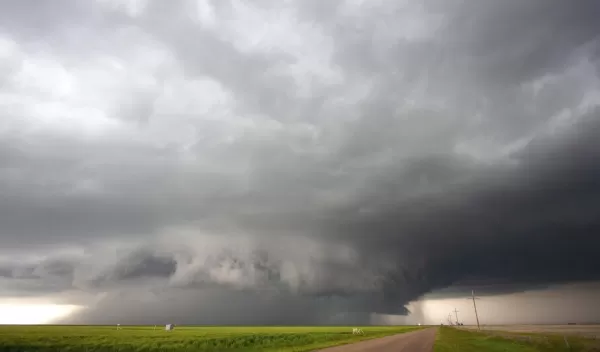
Facial recognition technique could improve hail forecasts
The same artificial intelligence technique used in facial recognition systems could help improve prediction of hailstorms and their severity, according to a new study by scientists at the National Center for Atmospheric Research.
Researchers trained a deep learning model called a convolutional neural network to recognize features of individual storms that affect whether hail will form and how large the hailstones will be, which are difficult to predict.
The results, published in the American Meteorological Society's Monthly Weather Review, highlight the importance of taking into account a storm's entire structure, something that's been challenging to do with existing hail-forecasting techniques.
"We know that the structure of a storm affects whether the storm can produce hail," said NCAR scientist David John Gagne, who led the research team. "A supercell is more likely to produce hail than a squall line, for example. But most hail forecasting methods just look at a small slice of the storm and can't distinguish the broader form and structure."
"Hail - particularly large hail - can have significant economic impacts on agriculture and property," said Nick Anderson, a program officer in NSF's Division of Atmospheric and Geospace Sciences, which funded the research. "Using these deep learning tools in unique ways will provide additional insight into the conditions that favor large hail, improving model predictions. This is a creative, and very useful, convergence of scientific disciplines."
Next steps for the new machine learning model include testing it using storm observations and radar-estimated hail, with the goal of transitioning the model into operational use.


